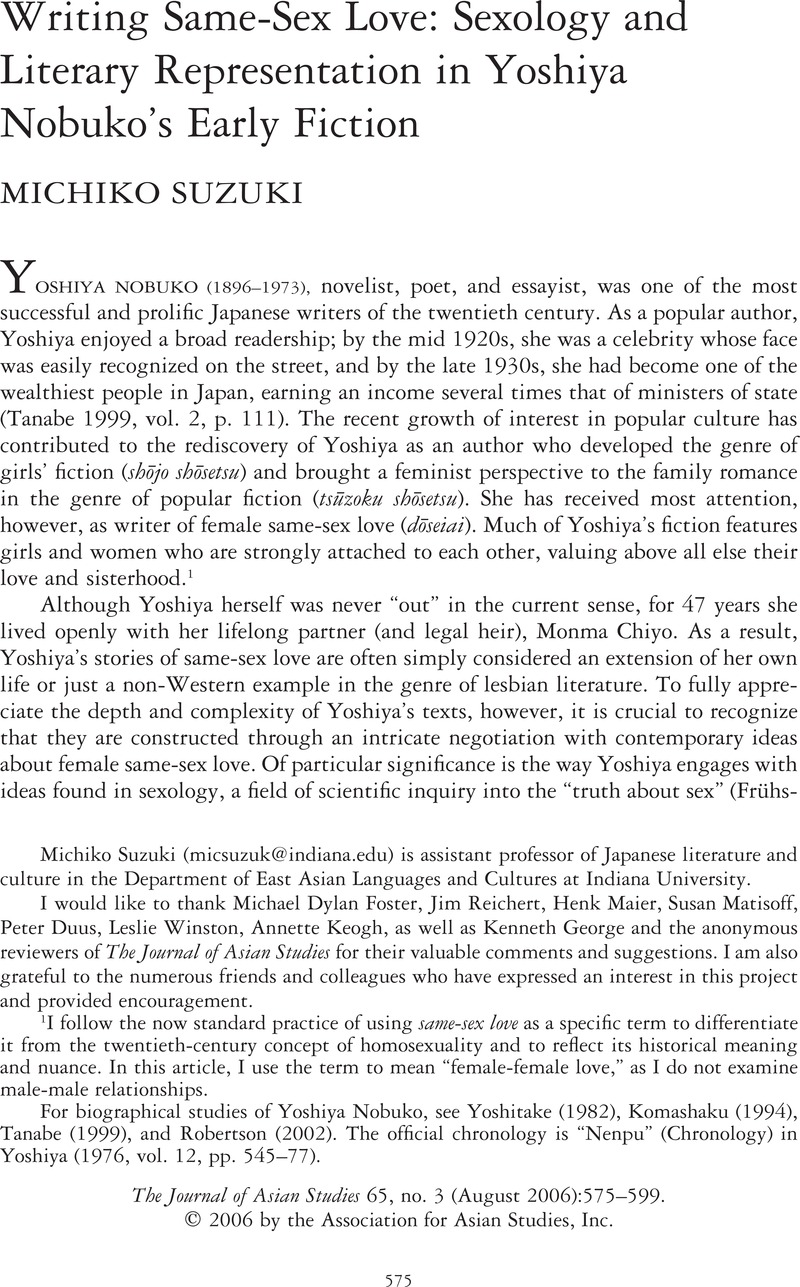Crossref Citations
This article has been cited by the following publications. This list is generated based on data provided by Crossref.
Dollase, Hiromi Tsuchiya
2008.
Girls on the Home Front: An Examination ofShōjo no tomoMagazine 1937–1945.
Asian Studies Review,
Vol. 32,
Issue. 3,
p.
323.
Angles, Jeffrey
2009.
Queer nonsense: aestheticized homoeroticism in Inagaki Taruho's early stories.
Japan Forum,
Vol. 21,
Issue. 1,
p.
95.
Saito, Kumiko
2014.
Magic,Shōjo, and Metamorphosis: Magical Girl Anime and the Challenges of Changing Gender Identities in Japanese Society.
The Journal of Asian Studies,
Vol. 73,
Issue. 1,
p.
143.
Fanasca, Marta
2020.
Tracing Pathways 雲路.
Vol. 220,
Issue. ,
p.
51.





